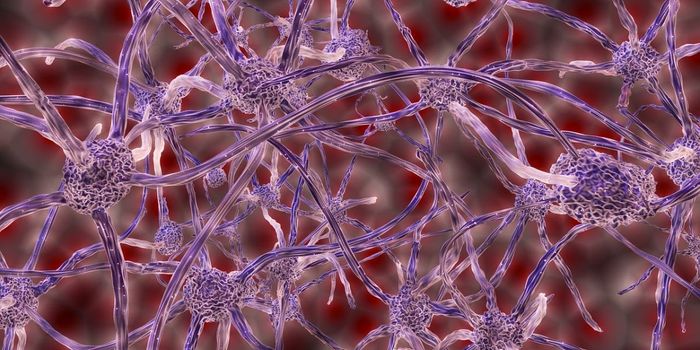A New Way of Building Houses: 3-D Printing with Clay
Our ancestors had a long history of building dwelling structures using clay and plant-based fibrous materials. Even these days, many indigeneous communities are still practising a similar house building technique.
This is not surprising, because clay, a fine-grained soil-like material rich in aluminum, iron, magnesium, and silicates, is quite abundant across the globe. What's more, in its wet form clay is moldable and ideal for making bricks and tiles. When dried, clay-built structures become compact and rock-like, providing good structural and weight support. They also have many benefits such as a reduction in maintenance required due to timber rot, and if set properly the need for future water damage repair is less likely too.
Scientists at Texas A&M University reported a highly efficient method for building inexpensive houses, using 3-D printing technology and clay-base chemistry kit. Their reaction is based on a cross-linked silicon/oxygen scaffold that binds clay particles. The clay-siloxane matrix turns out to an extrudable material (try picture it as an "ink") for additive 3-D printers. The team hoped that their innovation can help reduce the greenhouse gas emission associated with the usage of coment, and promote an efficient method of building affordable housing units.
This latest research is published in the journal Frontiers in Materials.
Source: C&EN via Youtube








